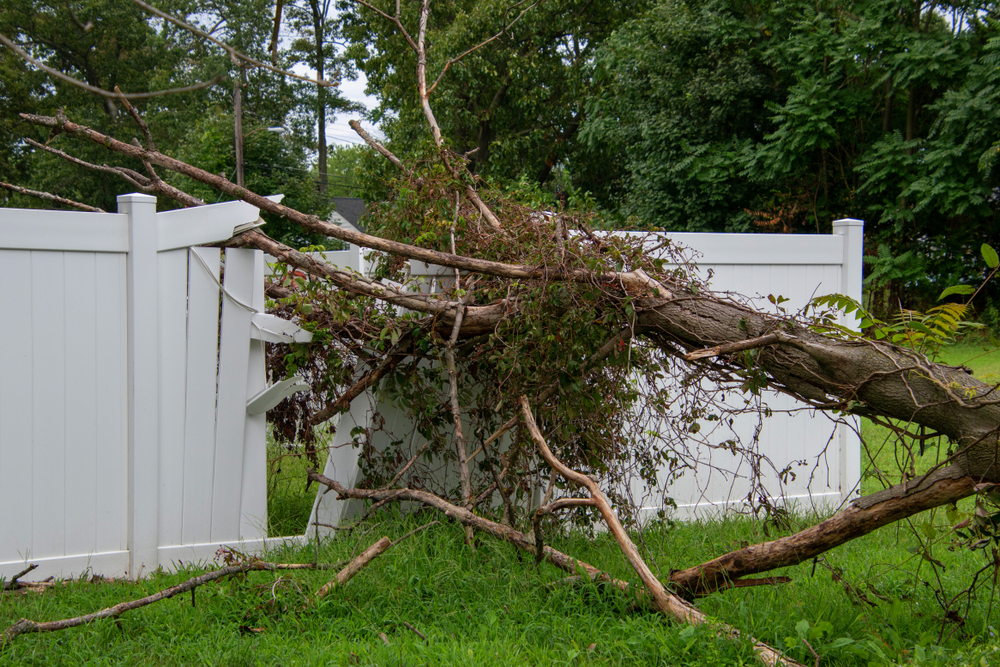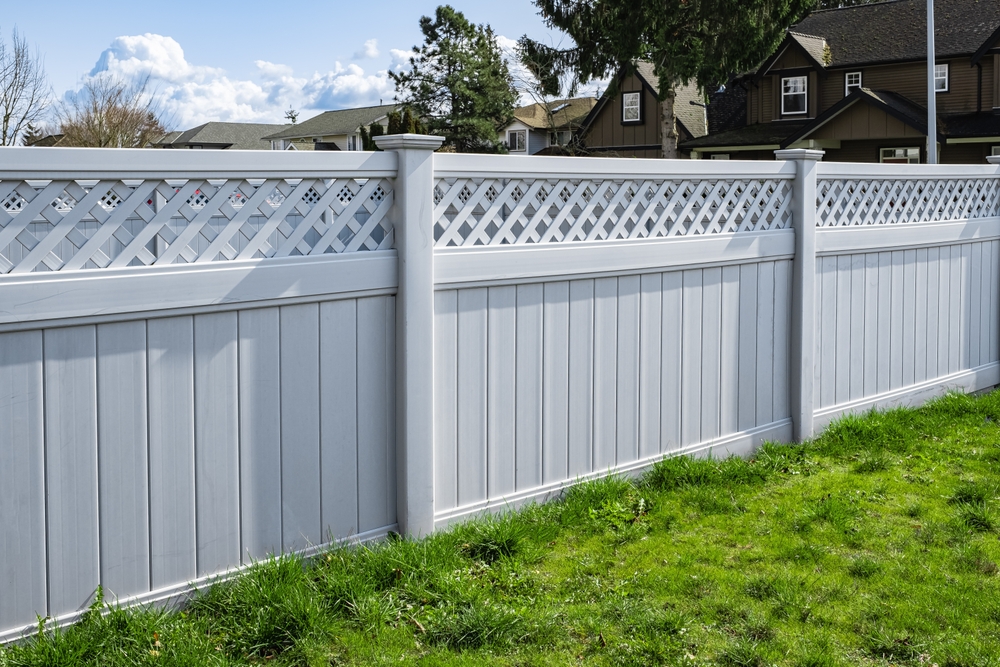Vinyl fences are generally designed to withstand wind and other weather conditions quite well. Their ability to hold up in windy conditions depends on several factors, including the quality of the vinyl material, the fence’s design and construction, the local wind patterns, and how well the fence is installed. Here are some considerations regarding vinyl fences and wind:
- Quality of Materials: High-quality vinyl fencing with thick, durable vinyl material is less likely to be affected by strong winds. Look for vinyl that includes UV inhibitors and impact modifiers, which enhance its weather resistance and durability.
- Design and Construction: The design and construction of the vinyl fence, including the type of posts and how they are anchored, can influence its ability to withstand wind. Fences with reinforced posts and a sturdy construction tend to perform better in windy conditions.
- Installation: Proper installation is crucial for wind resistance. The fence posts should be securely anchored into the ground or concrete footings, and the fence should be level and plumb. In windy areas, it’s important to follow local building codes and manufacturer guidelines for fence installation to ensure it can handle the wind.
- Spacing and Airflow: The spacing between the fence panels can affect how wind passes through the fence. Solid vinyl panels can act as windbreaks, potentially causing more wind resistance. In contrast, vinyl fences with spacing or gaps between panels allow wind to pass through, reducing the force exerted on the fence.
- Local Wind Conditions: Consider the typical wind patterns and speeds in your area. If you live in a region with frequent high winds, you may want to choose a fence design that offers better wind resistance, such as one with gaps between panels.
- Wind Load Calculations: For areas prone to high winds, it may be advisable to have wind load calculations performed by an engineer or a fence professional. These calculations can help determine the appropriate fence design and installation methods to withstand specific wind speeds.
- Regular Maintenance: Maintain your vinyl fence by inspecting it periodically for loose components, damaged sections, or signs of wear. Repair any issues promptly to prevent the wind from causing further damage.
While vinyl fences are generally resilient in windy conditions, exceptionally strong winds, such as those from severe storms or hurricanes, can potentially damage any type of fence. In such cases, proper installation and maintenance become even more critical. If you live in an area prone to extreme weather events, consider consulting with a local fencing professional who has experience with wind-resistant fence designs and installations to ensure your fence can withstand the conditions.



